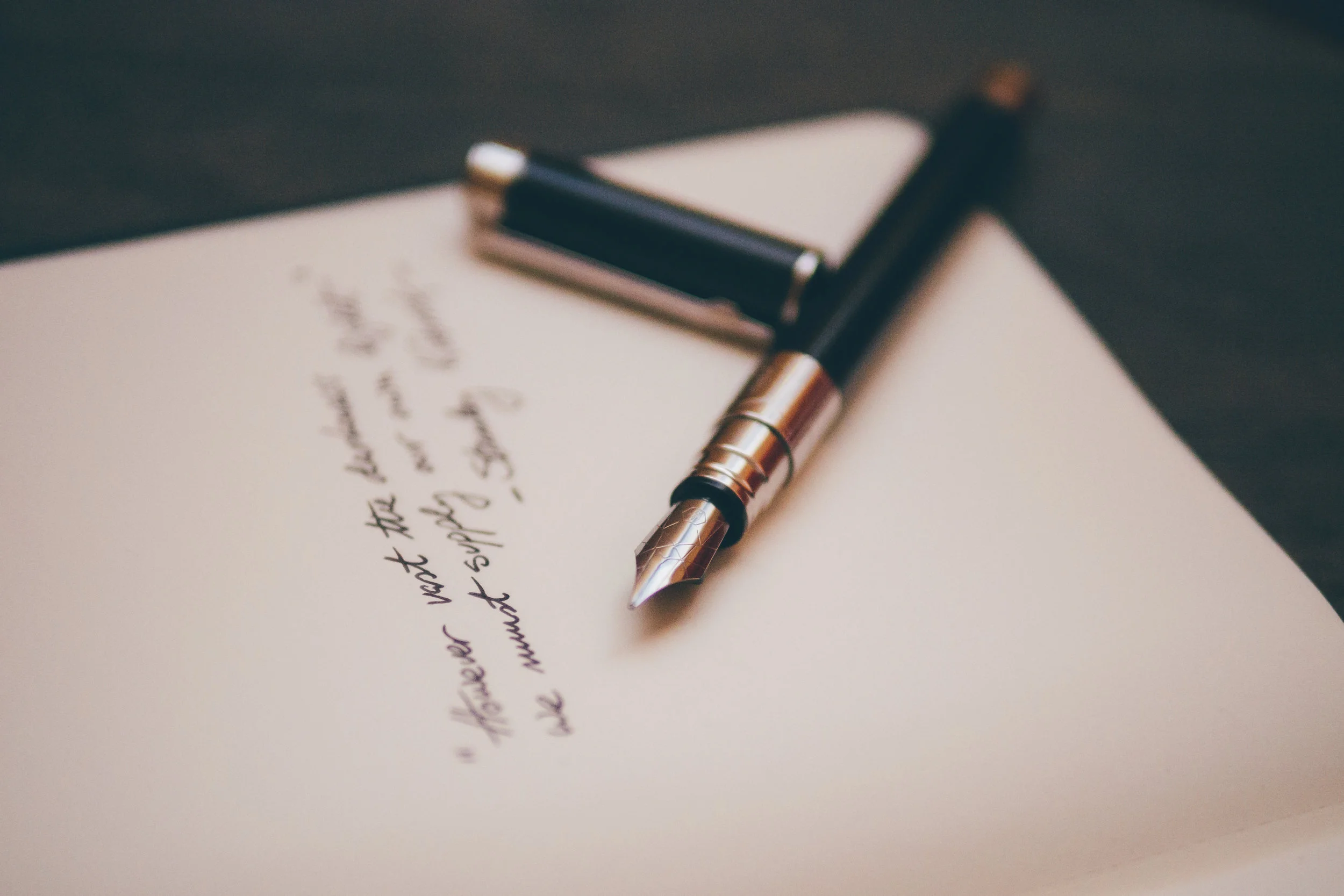My Step-by-Step Writing Process
I’m not gonna lie. I’m a bit of a voyeur. I love to learn about how other people live and work.
As a content developer, I know that stories that reveal the daily routines of successful people are as popular as ever. Even stories about what can be found in celebrities’ handbags at any given moment remain huge hits. It’s probably also one of the major reasons why blogs are still so popular: We just love to see how the other half lives, whoever that “other half” may be to us.
So today, I thought I’d give you a peek into one of the most important areas of my work life: my writing method.
We’re taught how to write in school. We go through the motions of planning compositions, organizing our ideas and getting them down on paper. It’s an age-old exercise. But as we grow and change and our creativity develops, our writing styles also change.
Everyone has a different way of planning and executing a story. Through the years, I’ve been happily amazed to discover how pragmatically some of the most creative writers of our era have approached the craft of writing. I’m a bit of a pragmatist myself in this way, and that’s a good thing. The step-by-step nature of planning stories has two important functions for me: It inspires confidence and minimizes stress.
Writing is like any other challenge in my life. I feel that if I plan for it adequately and start early enough, I’m prepared for the main event and can feel confident I’ll be able to deliver. I’m not a last-minute creator, an up-all-night scribe or one to wait around on inspiration. Instead, I put fingers to keyboard at the appointed time and grind out whatever I can. Sometimes what I force myself to write takes several re-edits before it’s ready to send off and sometimes it comes out looking pretty good the first time. But regardless, by making myself write, even when I’m not totally inspired, I keep myself on track. If I leave enough time for revisions, I can make my deadline with a decent story. (To me, that means one in which editors can shape it up with zero to two rounds of edits max.)
So here’s my method for writing a typical magazine story:
1. Review the contract.
Be sure you're OK with the story assignment terms and send in all required paperwork. If it’s a new client, ask any necessary questions that need answered before beginning work.
2. Set a timeline.
Count back from the day the piece is due to the editor. Create internal deadlines for when interviews should be scheduled, audio interviews should be transcribed, first drafts should be written and internal revisions should be made. I allow myself at least one day (ideally, two) to review my own piece and make changes before sending the piece off to the client. I use this awesome software program to create project timelines.
3. Create a skeleton outline.
If the editor provides a skeleton outline in my story assignment document, I move on to step 4. If not, I create a skeleton content outline that denotes key points I need to cover in the piece.
4. Conduct interviews.
5. Transcribe interviews.
I transcribe my own work, which usually takes a couple of days. You can also look into a transcription service if your budget allows. Note: I recommend recording interviews whenever possible. So much is missed during conversations with interviewees when you’re trying to type furiously at the same time.
6. Review transcribed interviews for key content and quotes.
I usually highlight quotes and ideas I’d like to incorporate into my article at this time.
7. Create a detailed outline.
It should include major sentences, paragraph openers and key quotes from sources. Include any unanswered questions or story “holes” I can identify, so far, that need to be addressed with follow-up questions.
8. Write.
By the time I have my content outline in front of me, writing feels more like filling in the blanks. Because I’ve already done so much thinking on the topic, the content usually flows easily. With the hard details already on paper, there’s creative room to embellish, re-word and think more about tone than structure.
9. Do nothing.
I try to build in a day to ignore the story. After a 24-hour break, I usually identify lots of things I’d like to change. I detect mistakes I hadn’t seen before and tone or sentence structure issues that might have gone unnoticed in my immediate post-writing fog. Trust me: You will detect so much new stuff (good and bad) in your work after taking a break from it. Note: If I can’t allow myself 24 hours, I at least try to put it away for the night and look at it with fresh eyes in the morning.
10. Revise with fresh eyes.
11. Send it off!
It’s now in the editor’s hands, which is always daunting. But I feel better knowing I’ve done the best I could, on the front end, to create a quality piece.
Note: Not all of my assignments allow for this much planning and execution time. There are times when tight deadlines force me to move more quickly than this schedule would allow. And that’s OK. It’s never a perfect process. I just do my best and to be honest, it pretty much always works out.
If you didn’t know me well before this post, you do now! As you can see, I’m a complete stickler for organization and time management. It’s probably also what makes me a good editorial project manager (and what keeps my house in total order, for better or worse, even when no one else really cares what it looks like).
Now it’s your turn. What’s your writing method like? Do you tackle stories methodically, or are you more of a free writer? I’m dying to know! Leave a comment.






